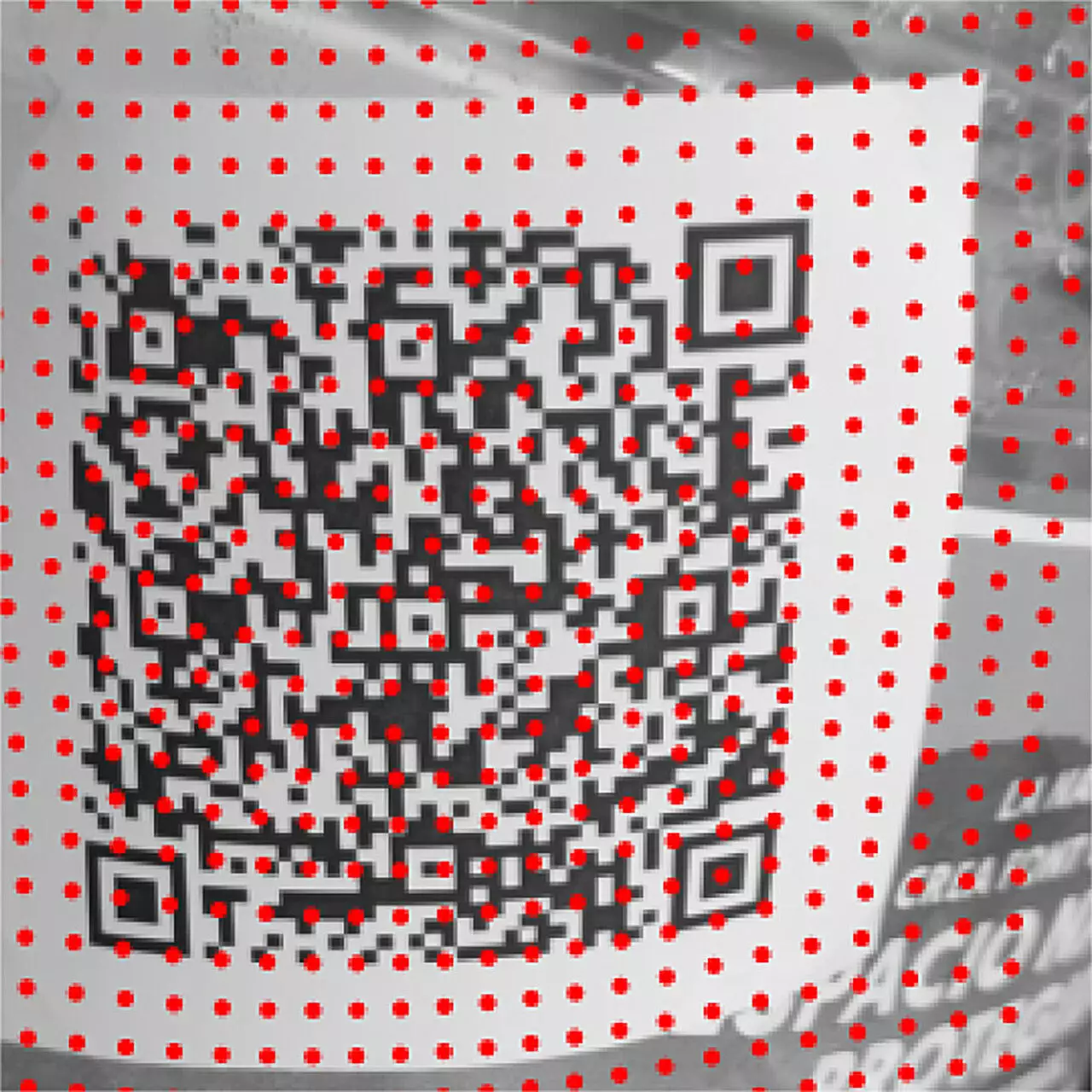In the age of digital information, QR codes have emerged as a significant tool. They allow users to access data swiftly and conveniently. However, the reliability of QR code scanning often falters in real-world applications, particularly due to environmental factors that compromise the quality of the scans. Researchers from the University of Barcelona and the Universitat Oberta de Catalunya have pioneered a groundbreaking methodology aimed at enhancing QR code recognition in tricky physical environments. Their findings, published in the journal *Pattern Recognition Letters*, present a notable advancement in the conversion of two-dimensional barcodes into accessible digital information.
QR codes, while celebrated for their efficiency in relaying information, can be notoriously fickle when it comes to successful scanning. Ismael Benito, a lead researcher involved in this study, elucidates that multiple factors contribute to this scanning difficulty. First and foremost is the image quality; even with advanced smartphone technology, the resolution may not be sufficient to capture the QR code accurately. Moreover, the contrast between the printed QR code and its background is vital. If poorly rendered with inadequate colors or on uneven surfaces, as is often the case with items like food trays or packages, the likelihood of a successful scan significantly decreases.
Another critical aspect highlighted by Benito is the role of surface irregularities. QR codes printed on cylindrical or uneven surfaces can become distorted when viewed from various angles. The user’s distance from the code affects capture quality, which varies from too close—a factor causing surface distortion—to too far, resulting in a diminutive representation of the code. Finding the optimal distance between 30-50 centimeters is key for successful scanning, but this is not always practical in real-world scenarios.
A Methodology for Success
The innovative methodology put forth by the research team tackles these diverse challenges by leveraging mathematical techniques to improve QR code recognition. Specifically, the new algorithm utilizes internal patterns within the QR code to better understand and adapt to the underlying surface topology. By employing mathematical functions known as splines, the algorithm can adjust to the local elevations and depressions of the printing surface, effectively smoothing out the distortions that typically hinder successful scanning.
Benito points out that the splines, which were historically employed in fields such as geology and digital image editing, allow for a fine-tuned approach to surface adjustments. This methodology stands out not merely for its technical sophistication but also for its versatile application across various surfaces, including tubular objects like bottles and raw packaging materials, which have long posed challenges for traditional QR code scanning methods.
Despite these advances, Benito acknowledges that obstacles still lay ahead in ensuring the reliable recognition of QR codes. One significant concern within commercial applications is the security of the codes against tampering. As QR codes increasingly serve as gateways to various service platforms and data, malicious alterations—such as deceptive URL modifications—present a risk that can compromise user data. Future research and development efforts must prioritize improving the encrypted security of these codes alongside enhancing their readability.
Moreover, within industrial environments where QR codes are scanned frequently, operational speed presents another critical challenge. Enhancements that enable quicker reading processes, while maintaining accuracy, are essential for streamlining operations. As technology advances, it is imperative not only to enhance recognition capabilities but also to ensure that market demands for speed and reliability are adequately addressed.
The work undertaken by the University of Barcelona and Universitat Oberta de Catalunya is a transformative leap toward improving the efficiency of QR code technology in everyday life. Through a comprehensive understanding of environmental conditions and the implementation of innovative mathematical algorithms, the researchers are setting a new standard for QR code recognition. This research not only addresses current limitations but also paves the way for future advancements aimed at creating a more reliable and secure digital experience. As we continue to rely on QR codes for convenience, the implications of this research hold promise, ushering in a new era of information accessibility within our increasingly digitized world.


Leave a Reply
You must be logged in to post a comment.